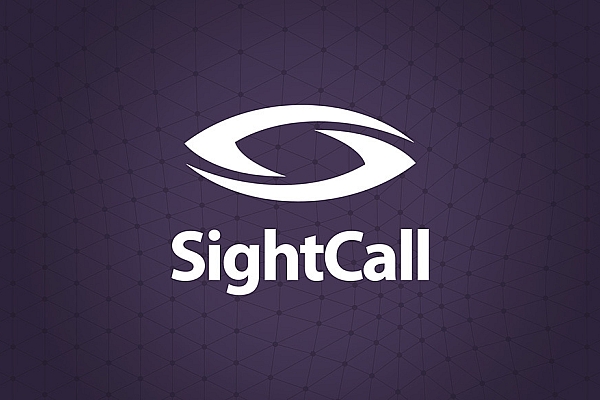Long-distance communication has long been a part of human civilization. From the earliest days of drums and horns to firelight and smoke signals, communication has evolved to benefit us. From those drums to telegraphs, to the internet communication is rapidly changing how we interact with those around us. Today, cousins can connect in a matter of seconds with a video call directly on a phone, without even being connected by annoying wires. Much in the same way you use technology for personal matters, your doctor is looking at using the technology to improve your health. While telemedicine has become a buzzword lately, you might be surprised to learn that telemedicine has been around since early in the 20th Century.
The Birth of an Idea
Some point to the early days of radio as the start of telemedicine, as people started to imagine a day when the doctor would visit you through your radio. The NCIB points to a 1924 Radio News magazine cover that not only shows a radio in a home but also depicts a video screen with a doctor talking to the family. Of course, this was only a vision of what was possible, but it was the beginning of the thinking behind telemedicine. If the editor could only see what telemedicine can offer today.
Early Telemedicine
It wasn’t until the 1950s that telemedicine started to mold itself into an early version of what is offered today. In 1948 the first radiologic images were sent via telephone across 24 miles in Eastern Pennsylvania. Building on the technology, a Canadian doctor built a teleradiology system to transmit images in and around Montreal in the 1950s. By the end of the decade, clinicians at the University of Nebraska were the first to use video communication for medical purposes. They used two-way interactive televisions to send information across campus.
Most of these early use cases were built due to concern over reaching rural patients but by the late 1960s urban centers were rapidly adopting the technology and adjusting it to fit their own specific needs. In Miami, for example, the fire department and the university medical center worked together to transmit electrocardiographic rhythms over voice radio channels from fire rescues. It is still common practice to send cardiac rhythms during emergencies, although the technology has greatly improved.
The Growth of the Telemedicine Industry
With so many use cases in place, the U.S. Government started to recognize the positive impact telemedicine was having on healthcare in the country. Not only was it helping remote patients, but the biggest impact was the communication of vital information in critical times with very little delay. The Department of Health and Human Services, NASA, Public Health Service, and Department of Defense were all supportive of new technology and some were actively involved in furthering research into the field.
One of these telemedicine projects was a joint partnership between NASA, the Indian Health Service, and what is now the Department of Health and Human Services called STARPAHC, or Space Technology Applied to Rural Papago Advanced Health Care. The goal was to provide healthcare to a remote tribe of Native Americans on the Papago Reservation in Arizona. The Papago tribe was very isolated so by providing many medical devices, including an electrocardiograph and x-ray machine which transmitted information back to specialists at the Public Health Service Hospital. The communication was sent by two-way microwave transmissions.
From projects like this, both government and private sectors developed and supported research to help the growth of telemedicine. Over the following decades, advances continued to come from everywhere as universities, medical centers, private industries, and many others realized what wonders could be done with telemedicine.
Modern Telemedicine
Many of the same early devices are still used today, with only technological advances making them stronger and faster than their early counterparts. Naturally, one of the biggest advantages of telemedicine is the reduction of costs for providers and patients alike. Equipment prices have drastically decreased as research has expanded. Teleradiology machines are commonplace in hospitals. Cardiac rhythms are sent from emergency missions back to health centers thousands of times every day. Doctors are using telemedicine to monitor vitals after surgery when they cannot be physically present or it was performed off-site in a place such as a nursing home.
Already across the country providers are giving telepresence as an option to reduce unnecessary or excessive travel. A simple video call can replace face-to-face interaction with your doctor for things such as telepsychiatry or routine check-ins with a doctor.
The rise of wearables is already increasing interest in telehealth. Companies are using wristbands, heart rate monitors, and computer chips implanted in shoes to track a wide range of information about a person’s health and exercise. Smartphones have made that information accessible. Soon doctors will use that information to track a patient’s well-being. Now with smartwatches and smart glasses, communication is a voice command or blink of an eye away.
The possibilities are virtually endless as doctors, private research firms, and the government continues to discover new types of telemedicine and better use cases to improve healthcare. The industry is only getting started. You don’t need to travel far. Your doctor doesn’t need to travel far either. How far we’ve all come.
Where do you see telemedicine going in the future as the industry continues to evolve?

